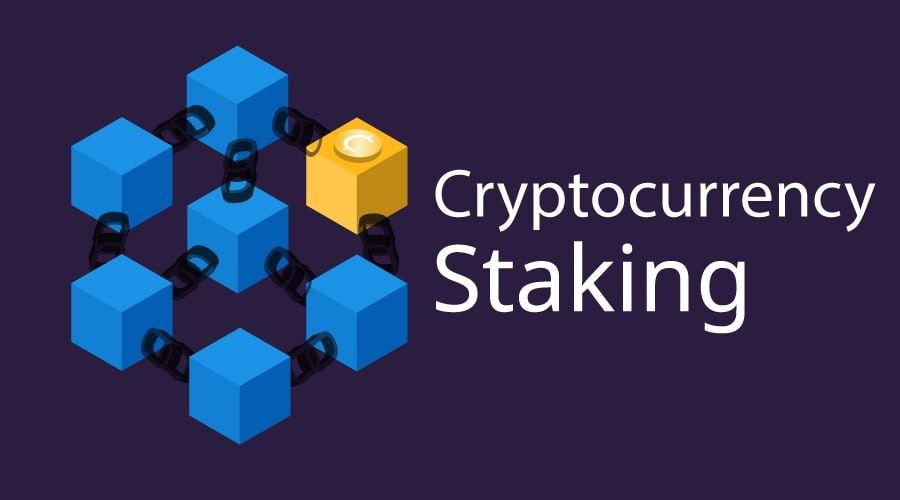
What is Cryptocurrency Staking?
Today, we’re going to Discuss about Cryptocurrency Staking ? it is the the process of actively participating in POS Blockchain network by holding and Staking.
Cryptocurrency Staking
Crypto staking, also known as cryptocurrency staking, is the process of actively participating in a proof-of-stake (PoS) blockchain network by holding and “staking” a certain amount of cryptocurrency in a compatible wallet or platform. Staking involves locking up the cryptocurrency to support the network’s operations, secure the blockchain, and earn rewards in return. Here’s how crypto staking generally works:
– Proof-of-Stake (PoS) Concept: Unlike proof-of-work (PoW) blockchains like Bitcoin that rely on mining and computational power, PoS blockchains determine block validators based on the number of tokens they hold and “stake” in the network. Validators are selected to create new blocks and validate transactions based on their stake.
– Token Ownership and Staking: To participate in staking, users need to own a specific cryptocurrency that operates on a PoS blockchain. They hold the tokens in a compatible wallet or stake them through a staking platform provided by exchanges, wallets, or dedicated staking services. Staking requirements, such as the minimum amount of tokens needed, vary depending on the blockchain.
– Network Support and Security: By staking their tokens, participants contribute to the network’s security and stability. The larger the stake a participant holds, the higher the chance of being selected as a validator to create new blocks and verify transactions. Validators are responsible for maintaining the consensus and validating the blockchain’s integrity.
– Rewards and Incentives: As a reward for staking and supporting the network, participants earn additional tokens. The reward mechanism varies between blockchains but commonly involves receiving a portion of the transaction fees or newly minted tokens in proportion to the staked amount. Rewards are typically distributed regularly, incentivizing participants to maintain a long-term stake in the network.
– Unstaking and Flexibility: In some cases, there might be a lock-up period during which staked tokens cannot be accessed or transferred. This lock-up period varies depending on the blockchain and staking protocol. However, many PoS blockchains also allow participants to unstake their tokens and regain liquidity after a certain waiting period.
Crypto staking offers several benefits, including the potential for earning passive income through token rewards, participating in network governance decisions, and supporting the security and decentralization of PoS blockchains. It can be an attractive alternative to traditional mining, which requires expensive hardware and substantial energy consumption. However, it’s important to consider the risks associated with staking, such as potential token price volatility, technical vulnerabilities, and the reputation and reliability of the staking service or platform chosen.


